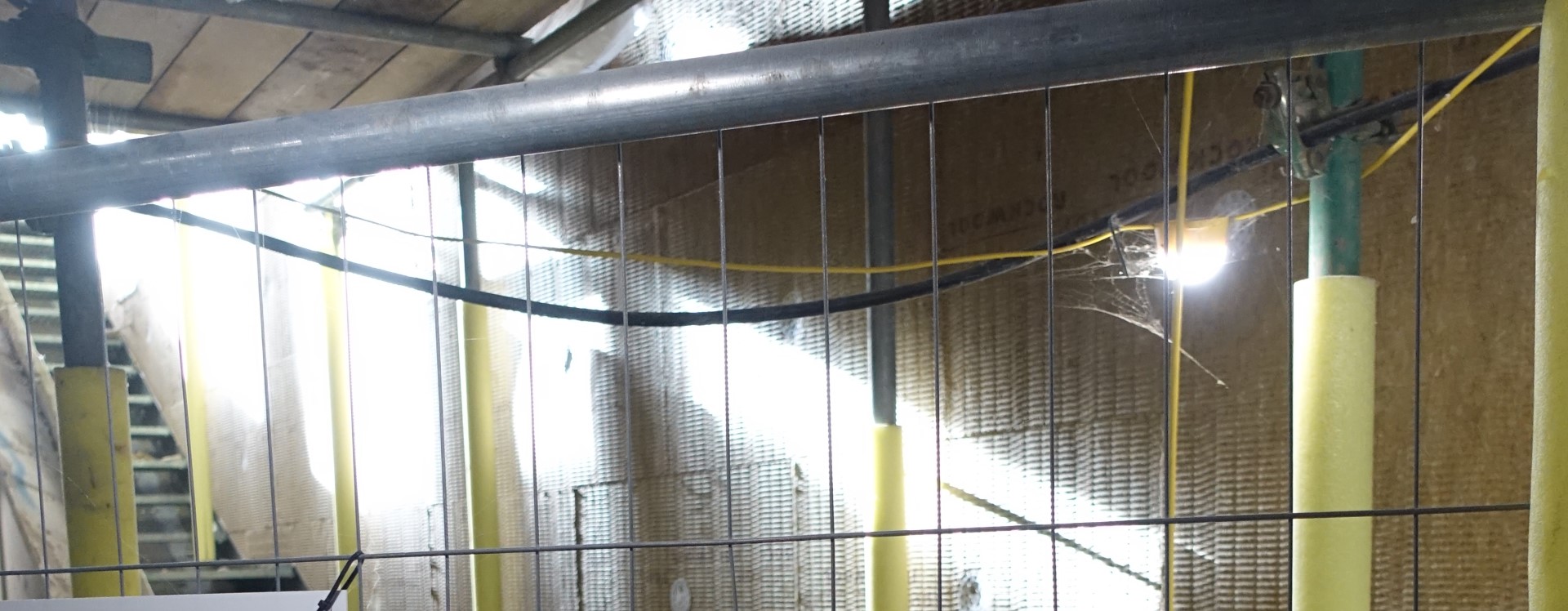Extensions
Extending your property can be an attractive option if you require more space but do not want to move for whatever reason, be it the current housing market or a desire to remain in the same home. If done well, extensions can also add value to your house. However, they are significant projects and require careful planning and consideration.
Once you have decided whether you would like to extend outwards or upwards, or convert a loft or cellar into a habitable space, you will need to determine whether planning permission will be necessary. Some alterations are classed as ‘permitted developments’ and do not require planning permission. These alterations must not:
- Cover an area bigger than half the area of land around the “original house”
- Extend forward of the principal elevation (main entrance) or side elevation facing a highway
- Extend higher than the highest part of the roof
- Extend beyond the rear wall of the original house by more than three metres if a semi-detached or terraced house, or by four metres if a detached house
- Be higher than four metres for a single-story extension
- Extend beyond the rear wall of the original house by more than three metres for a two-story extension
In addition the following conditions must be met:
- Maximum eaves height of an extension within two metres of the boundary of three metres
- Have the maximum eaves and ridge height of the extension no higher than existing house.
- Side extensions to be single storey with maximum height of four metres and width no more than half that of the original house
- Two-storey extensions no closer than seven metres to rear boundary
- Roof pitch of extensions higher than one storey to match existing house
- Materials to be similar in appearance to the existing house
- No verandas, balconies or raised platforms
- Upper-floor, side-facing windows to be obscure-glazed; any opening to be 1.7m above the floor
Information from planningportal.gov.uk
However, planning regulations are complex and if there is any doubt the advice of a chartered surveyor should be sought. Surveyors can also help with planning applications where works do not fulfil the above criteria. Obtaining the services of a chartered surveyor can help ensure that planning applications are not rejected; they can also help you appeal against refusals. Most work will also need Building Regulations approval, which is designed to ensure alterations are safe. Again, the advice of a chartered surveyor can be invaluable here as the process is frequently complex. There may also be additional considerations if the property is listed, or if the alterations affect party walls.
For more information please see the following articles:
Listed Buildings
Party wall Q&As
The next step is to appoint a builder to do the works. If you are working with a chartered surveyor, they will be able to appoint reliable building contractors and oversee the entire project for you. If you do decide to find a builder yourself, it is important to shop around. It is advisable to use a builder who is a member of a trade association and it is vital to perform as many checks as possible to ensure the builder is reliable and has a good reputation. The best builders may not be the cheapest, and are often busy so you may need to be prepared to wait for the works to start. It is important to have a legal, written contract in place before the work is carried out and money changes hands, in addition to checking the appropriate insurance is in place and that your contractor as a suitable strategy for disposing of waste.
Or contact us for more information:
info@allcottassociates.co.uk | 0333 200 7198












